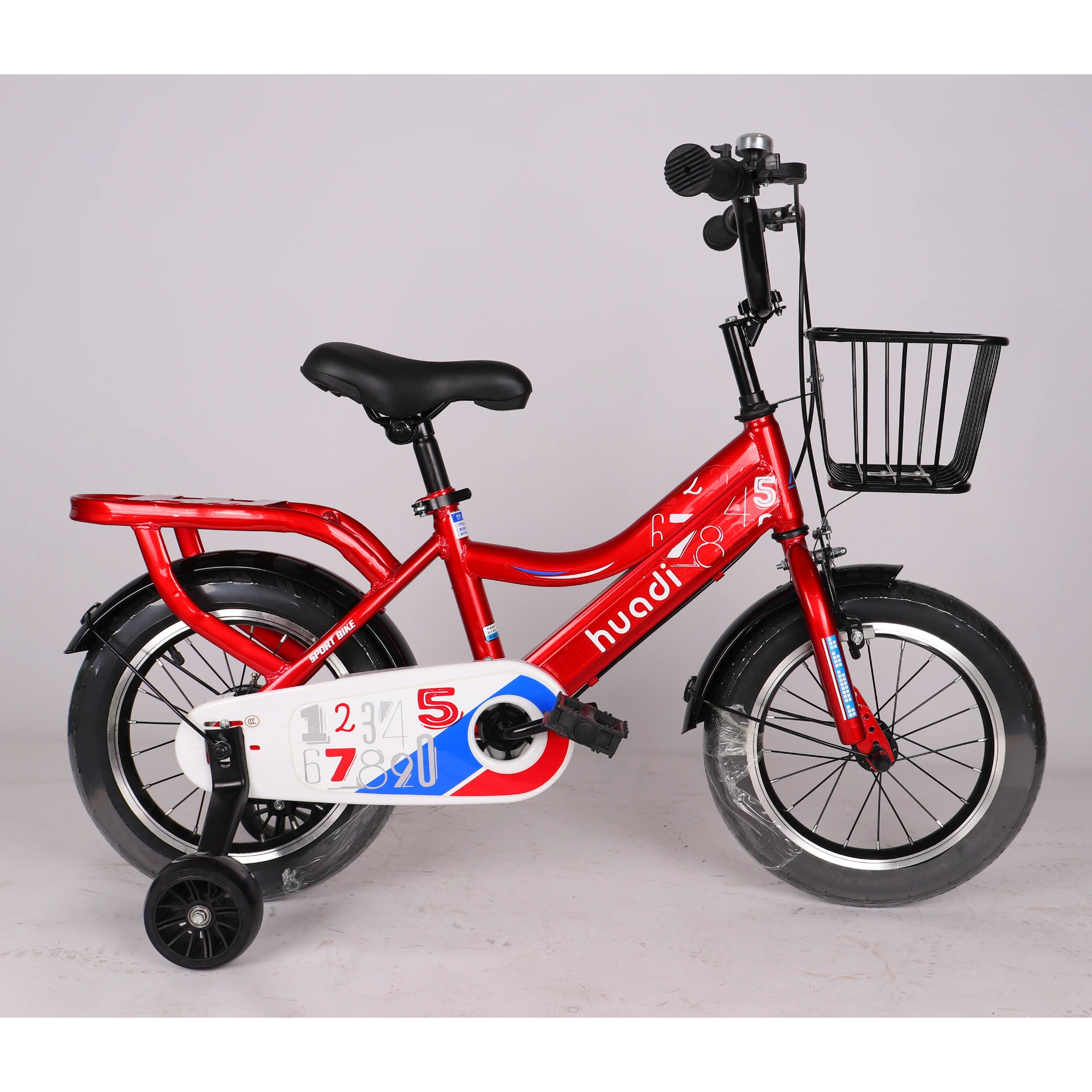Exploring the Benefits of Steel Mountain Bikes for Adventure Enthusiasts
The Rise of Steel in Mountain Bike Technology
In the realm of cycling, steel has emerged as a surprising yet significant material in the construction of mountain bikes (MTBs), defying the popular trend towards lighter materials like aluminum and carbon fiber. As mountain biking continues to grow in popularity, the characteristics and advantages of steel frames have garnered attention from both enthusiasts and manufacturers alike.
The Advantages of Steel
One of the most compelling reasons for the resurgence of steel in mountain biking is its unique ride quality. Steel frames offer a natural flex that enhances comfort on rough terrains, absorbing bumps and vibrations that would otherwise be transmitted to the rider. This inherent shock absorption allows cyclists to tackle challenging trails with greater ease and less fatigue. Additionally, steel's resilience contributes to a longer lifespan, making it a practical choice for mountain bikers who frequent rugged environments.
Steel is also renowned for its strength. While it may not be the lightest material available, it can withstand substantial forces, reducing the risk of frame damage during intense rides or crashes. This durability makes steel an attractive option for riders who prioritize performance over weight, particularly those who navigate rocky paths or undertake jumps.
Another benefit of steel frame mountain bikes lies in their ease of repair. Cyclists can often find a local repair shop that has the tools and expertise necessary to mend a steel frame, unlike some specialized composite materials that may require a factory return for repairs. This accessibility is a game-changer for adventure-seekers who venture into remote areas where immediate assistance may not be readily available.
Modern Innovations
Manufacturers have recognized the advantages of steel and have begun to innovate within this material niche. Contemporary steel tubing is often treated through advanced processes that improve strength without significantly increasing weight. For example, manufacturers employ techniques such as butting, where the tubing walls are thickened at critical stress points while remaining thinner elsewhere. This not only creates a lighter overall frame but also optimizes the bike's rigidity and responsiveness.
steel mtb

The introduction of stainless steel into the mountain bike market has also sparked interest due to its resistance to corrosion, providing a longer service life—particularly beneficial for riders in wet or humid environments. The aesthetic qualities of modern steel bikes have not been overlooked, allowing manufacturers to produce frames with sleek designs and vibrant color options, appealing to the visually-oriented consumer.
The Eco-Friendly Choice
In today’s environmentally conscious marketplace, steel emerges as an eco-friendly choice as well. Steel is recyclable, and the production processes have become increasingly sustainable. For riders who are mindful of their ecological footprint, choosing a steel mountain bike aligns their purchasing decisions with their values, creating a sense of satisfaction in supporting greener alternatives.
The Community Aspect
Another intriguing aspect of the steel mountain bike phenomenon is the community that surrounds it. Enthusiasts often share a passionate bond over their love for steel bikes, which are seen not just as vehicles but as symbols of resilience and reliability. This community fosters discussions about customization, maintenance, and personal experiences, enriching the overall experience of mountain biking.
Conclusion
As mountain biking evolves, the emergence of steel frames highlights a blend of nostalgia and modern innovation. Steel offers a compelling alternative for riders seeking durability, comfort, and a more environmentally friendly choice. The rekindling of interest in this classic material not only enriches the variety and depth of the mountain biking experience but also emphasizes that sometimes the old ways can still be the best. Whether tackling steep descents or navigating through dense woods, riders can find a trusted companion in steel, making it a significant player in the future of mountain biking technology.
-
The Perfect Baby TricycleNewsAug.11,2025
-
Ride into Fun with Bikes for KidsNewsAug.11,2025
-
Ride into Adventure with the Perfect Kids Balance BikeNewsAug.11,2025
-
Fun and Safe Riding with the Best Childrens ScootersNewsAug.11,2025
-
Find the Perfect Childrens Bike for Your Little OneNewsAug.11,2025
-
Explore the Best Baby Tricycles for Your Little OneNewsAug.11,2025
-
Three-Wheel Light-Up Scooter Benefits for KidsNewsJul.11,2025








